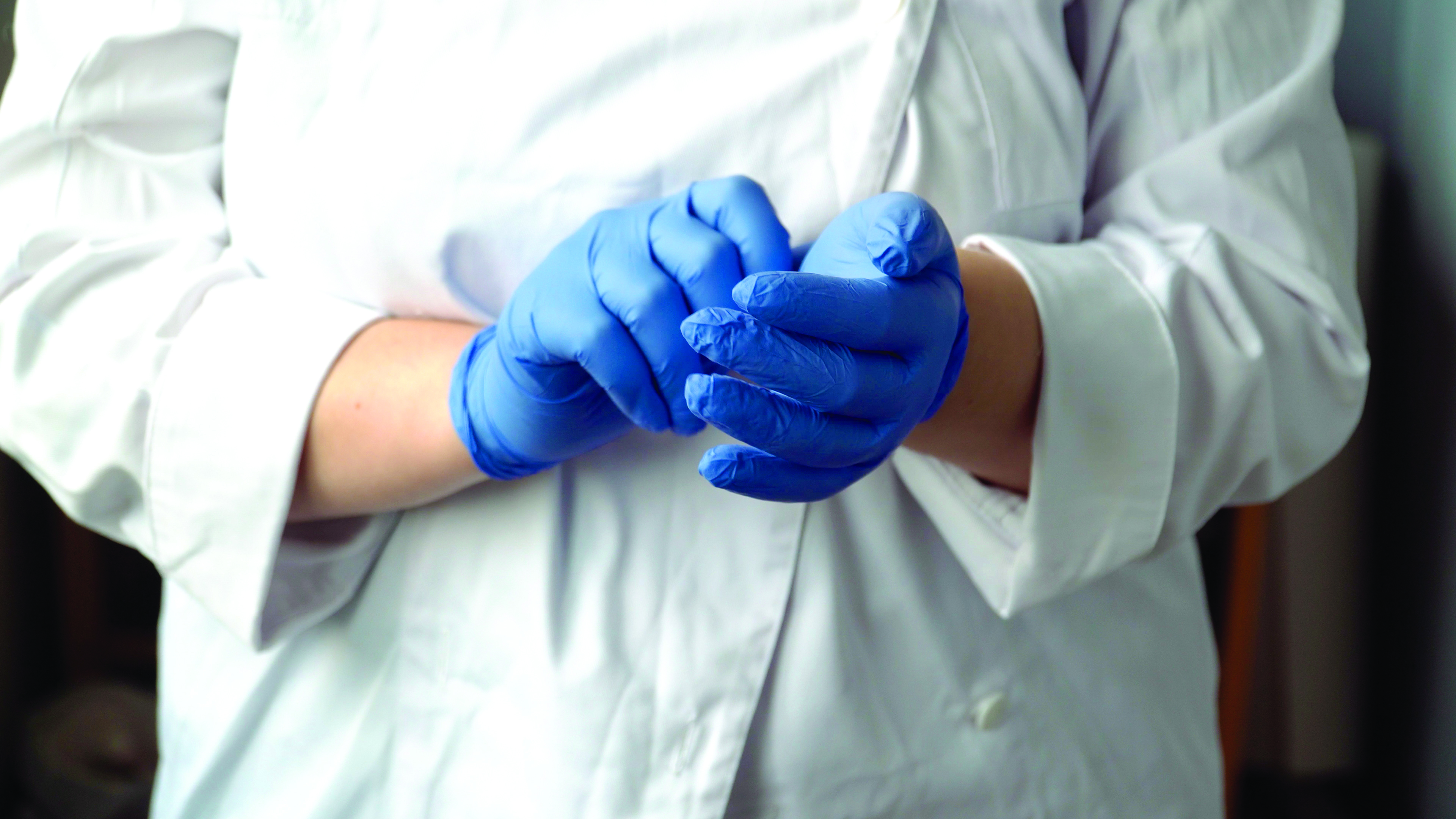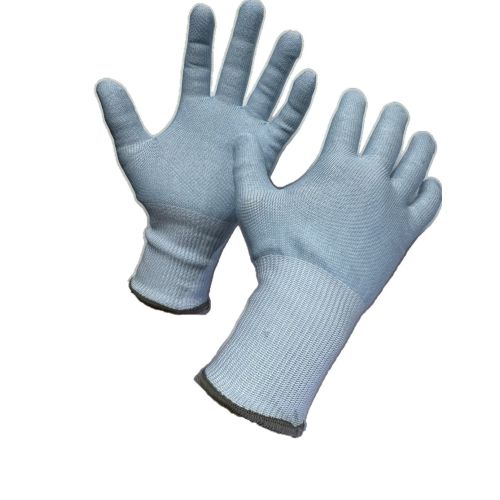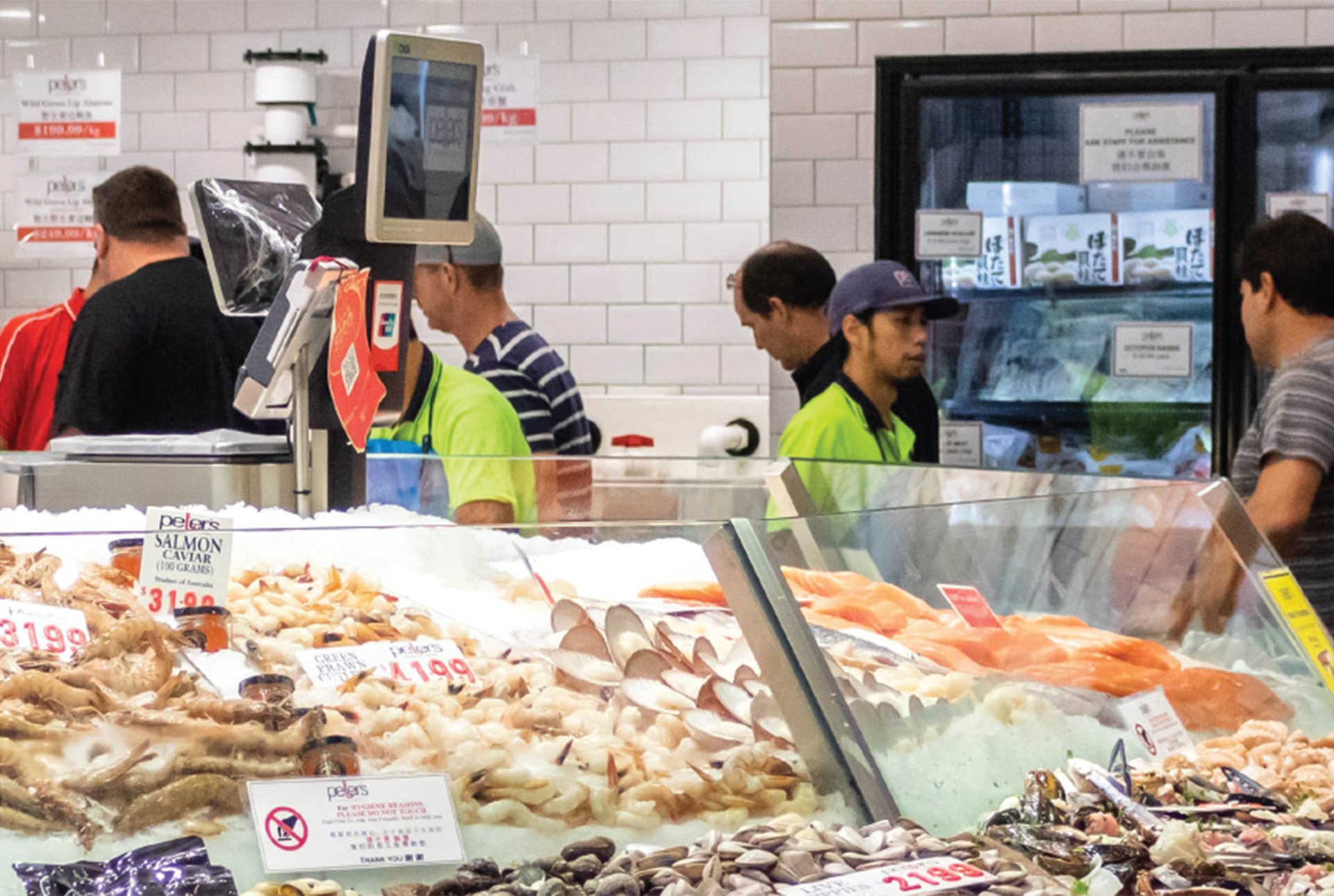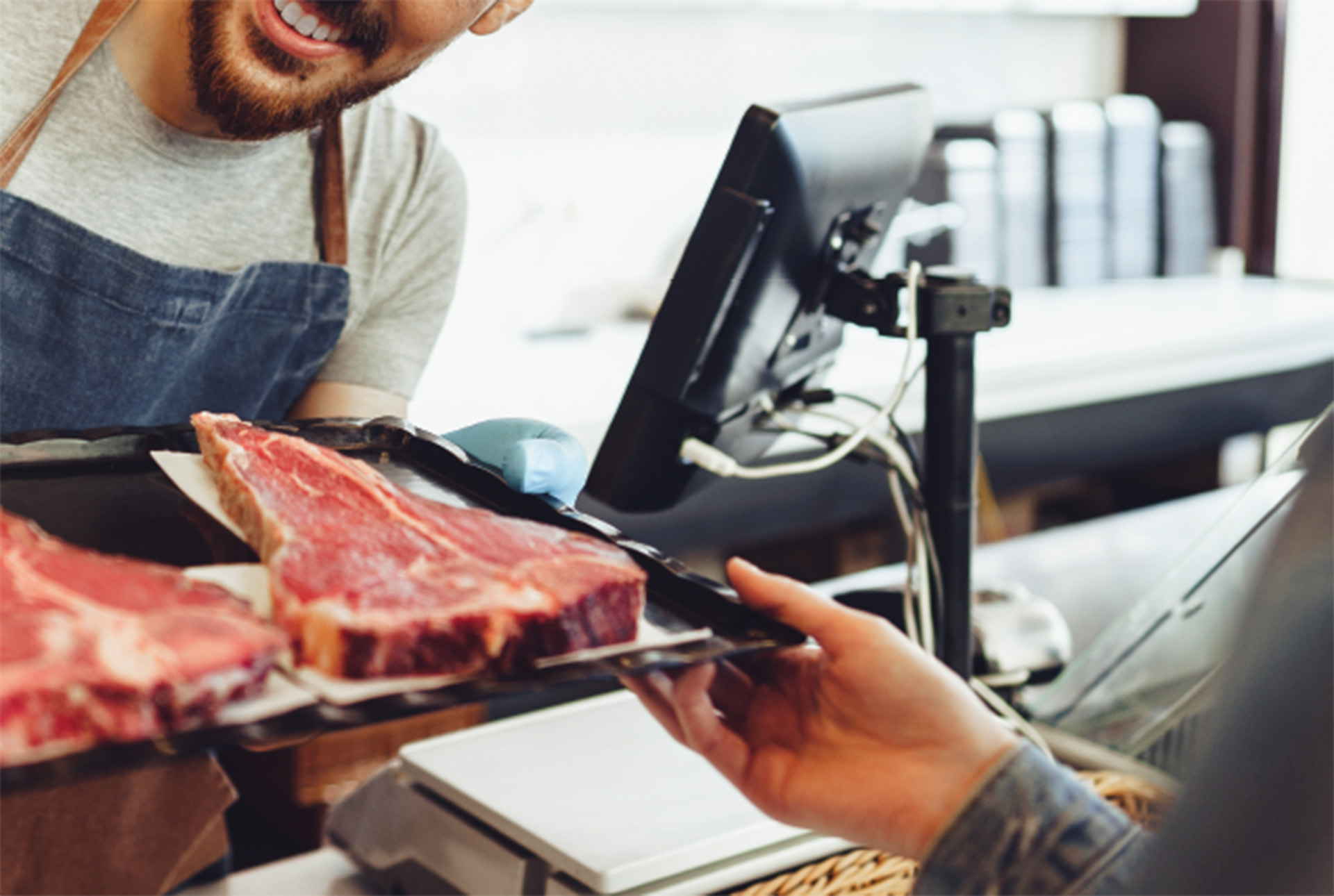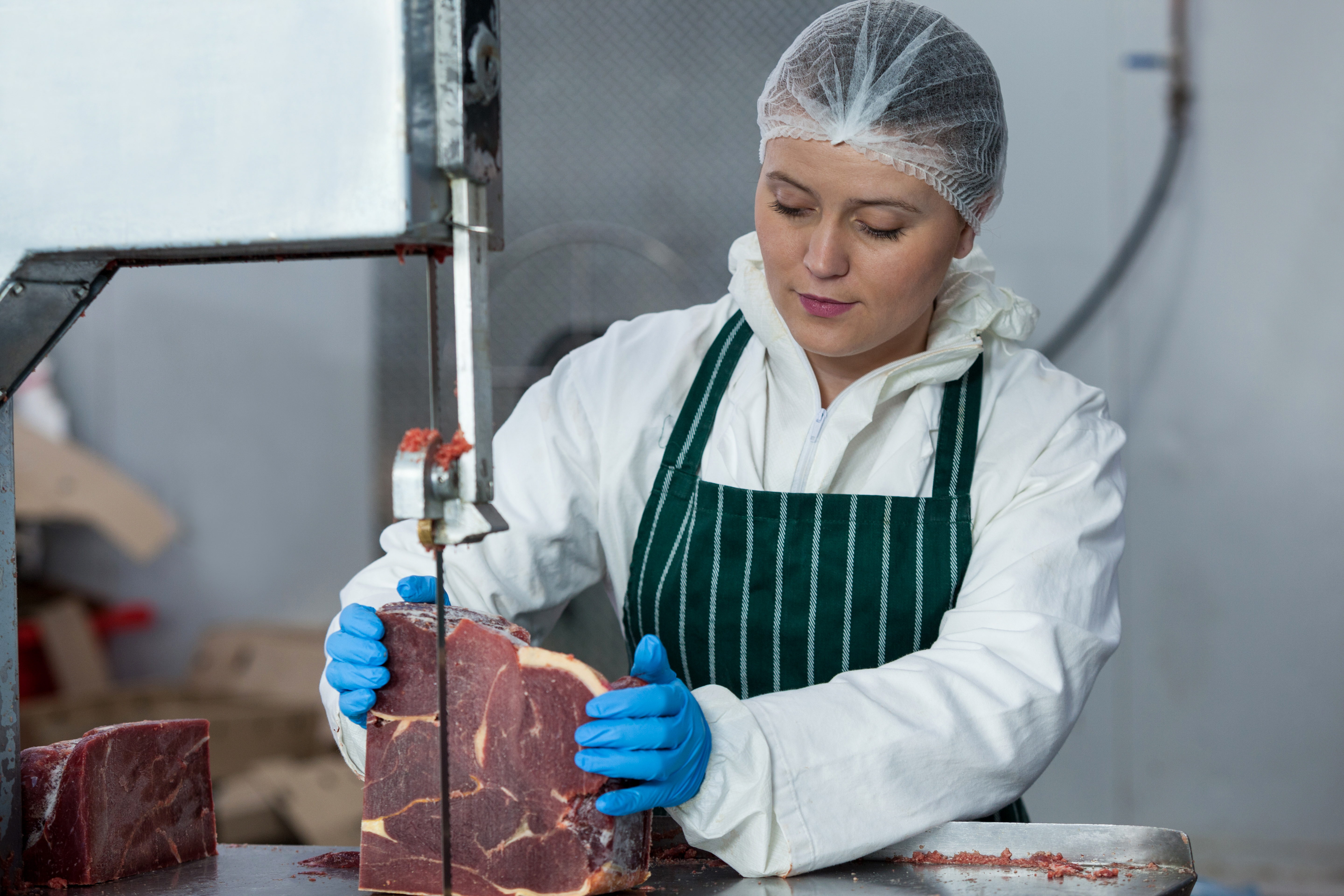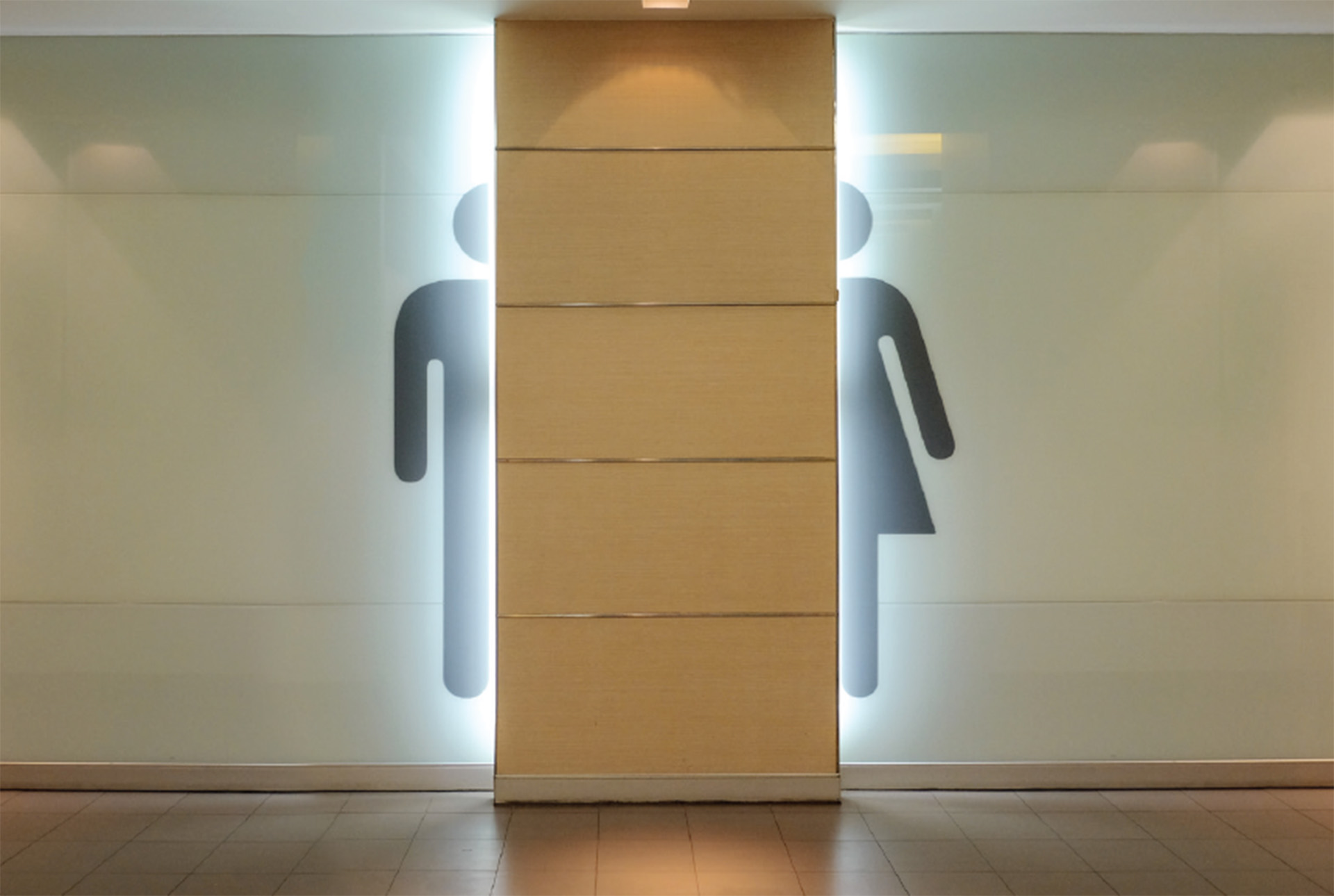While PPE is critically important in many industries, it’s even more so in food processing. For those working in this field, the PPE they wear must do double duty, shielding them from injury while also preventing them from causing accidental contamination.
Ensuring the safety of both workers and products requires you as an employer to have a fundamental understanding of essential PPE products for your industry, including the benefits and use-case for each. While some PPE items are non-negotiable, your specific requirements will depend on the type of food processing you do and the hazards your workers could potentially encounter as a result. Your choice of PPE should be based on engagement with workers and consultation with experts such as PPE suppliers and workplace health and safety professionals.
PPE must also meet Australian and New Zealand minimum or equivalent standards. When working in food processing, standard PPE must include protective clothing such as footwear, gloves, eyewear, ear protection and Respiratory Protective Devices (RPD) such as dust masks. So with those provisos in mind, what products should be in a standard PPE kit for industrial food settings?
Starting from the top is the familiar but important hairnet and hair covers. Often made from nylon or polypropylene, a lightweight, soft, strong and durable material, hairnets are a disposable hygiene solution to mat down the hair and prevent the potential for contamination.
In food processing, a common hazard is noisy machinery, which is why earmuffs or earplugs can be appropriate for your PPE kit, while safety glasses or goggles will protect against flying debris and other potential hazards.
Hand protection is critical in food processing
In food processing, hands are exposed to a range of hazards, from sharp tools and machinery to broken glass and metal edges. The right gloves should protect against these risks while also supporting hygiene and comfort for extended wear.
Cut resistant options are particularly important in tasks such as meat processing, glass handling, or blade changes, where the likelihood of cuts and lacerations is high. Look for gloves that meet recognised cut protection standards, are food-contact safe, and allow for good dexterity so workers can handle tasks efficiently. Washable, durable gloves can also help maintain hygiene standards while reducing replacement frequency.
Selecting the right PPE is an essential step in ensuring the safety of your workers and the integrity of your food products. Start with the checklist below but remember it’s only half the story. Making sure your protective equipment is properly fitted, cleaned, sanitised and regularly checked for defects is just as important as having the products themselves.

